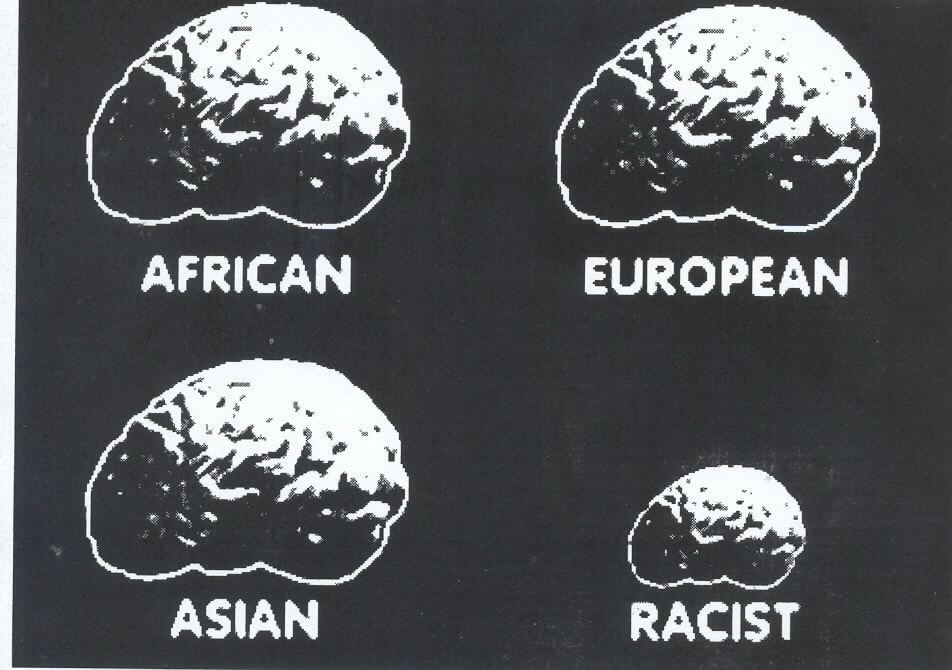According to a study by psychologists, racist stereotypes have an unexpected effect on the brain: they would act in the way he sees the faces. This suggests that it would be possible to detect racism simply by observing the reaction of the brain via a scanner.
Last June, researchers announced that they had discovered that racism was more rooted than we think in the body and that the human brain could even be (unconsciously) prone to racial prejudice. At issue: the fact that the brain areas that detect ethnicity are closely related to those managing emotions. But scientists are now gone further: according to their works published in the journal Psychological Science, it would be possible to detect racial prejudice by performing a brain scan.
To get there, psychologists Tobias Brosch of the University of Geneva, Eyal Bar-David and Elizabeth from New York University Phelps examined the brain activity of a number of subjects to whom they were looking at pictures of black faces or white. Specifically, they examined the activity at the fusiform face area, which, as its name suggests, is responsible for the perception of faces. After this, they subjected the participants in a task designed to assess their unconscious racial bias or not.
During the experiment, the scientists then found that racial prejudice alter the way the brain area faces interpreted according to whether they were black or white. Still more telling, Brosch, Bar-David Phelps and explained that they were able to predict the race of the face seen by simply looking at the activity of the fusiform area, but only when the observer had strong prejudices racist.
Faces seen as more different
According to the authors, these results show that the way the faces of whites and blacks are represented in this brain region is different in people with stronger conscious racist, compared to those who have less or not at all. This also implies that racists could actually perceive the faces of whites and blacks so that they seem more different.
“These results suggest that it may be possible to predict differences in implicit racial bias at the individual level using brain data,” noted Tobias Borsch said in a statement to the magazine. However, research must still be pursued before it actually be possible.
“Although these findings may be of interest in view of behavioral and societal implications of racial prejudice, our ability to predict using brain data is relatively modest to date,” said Elizabeth Phelps.
Source: Maxisciences


Leave a Reply